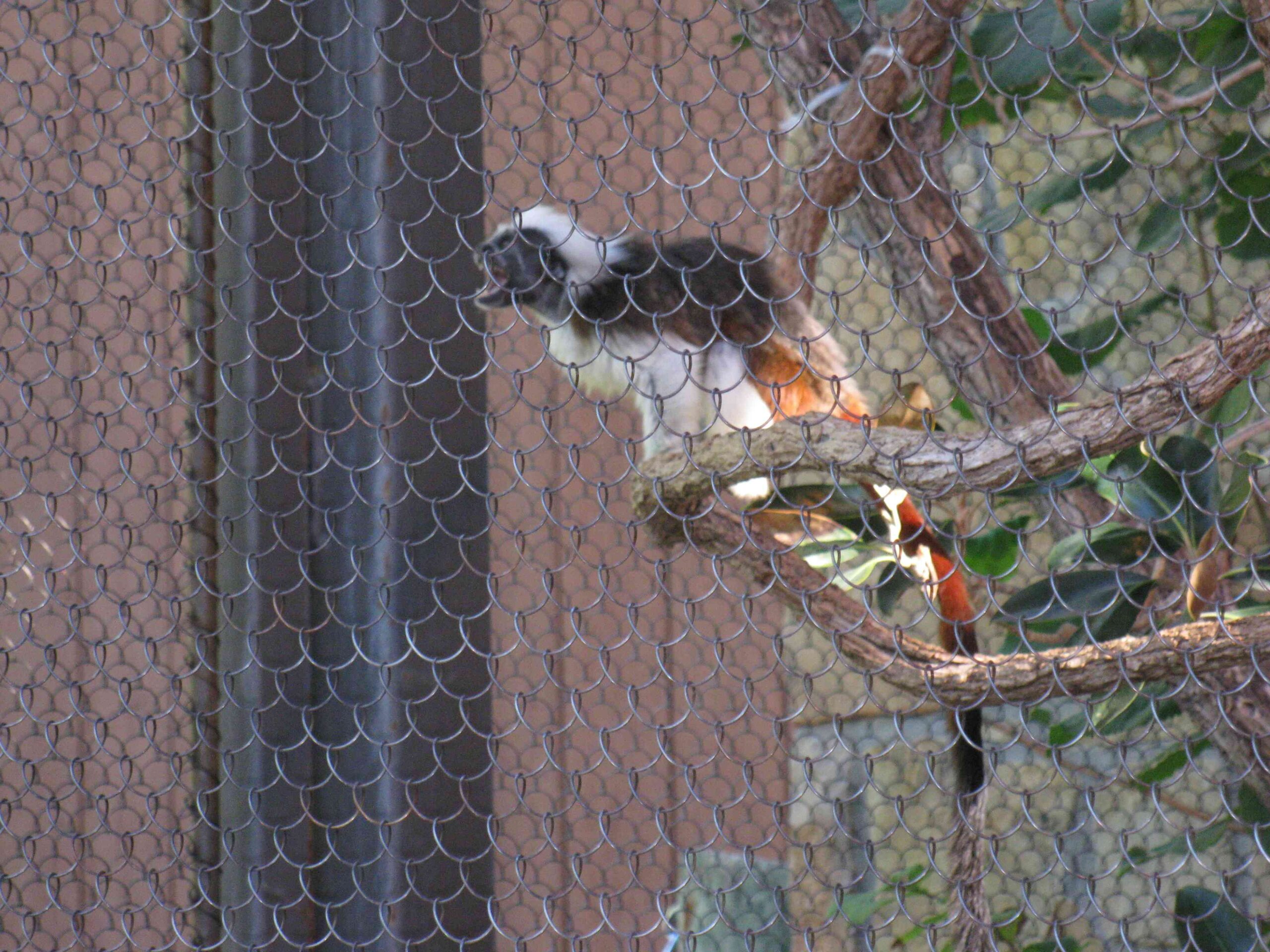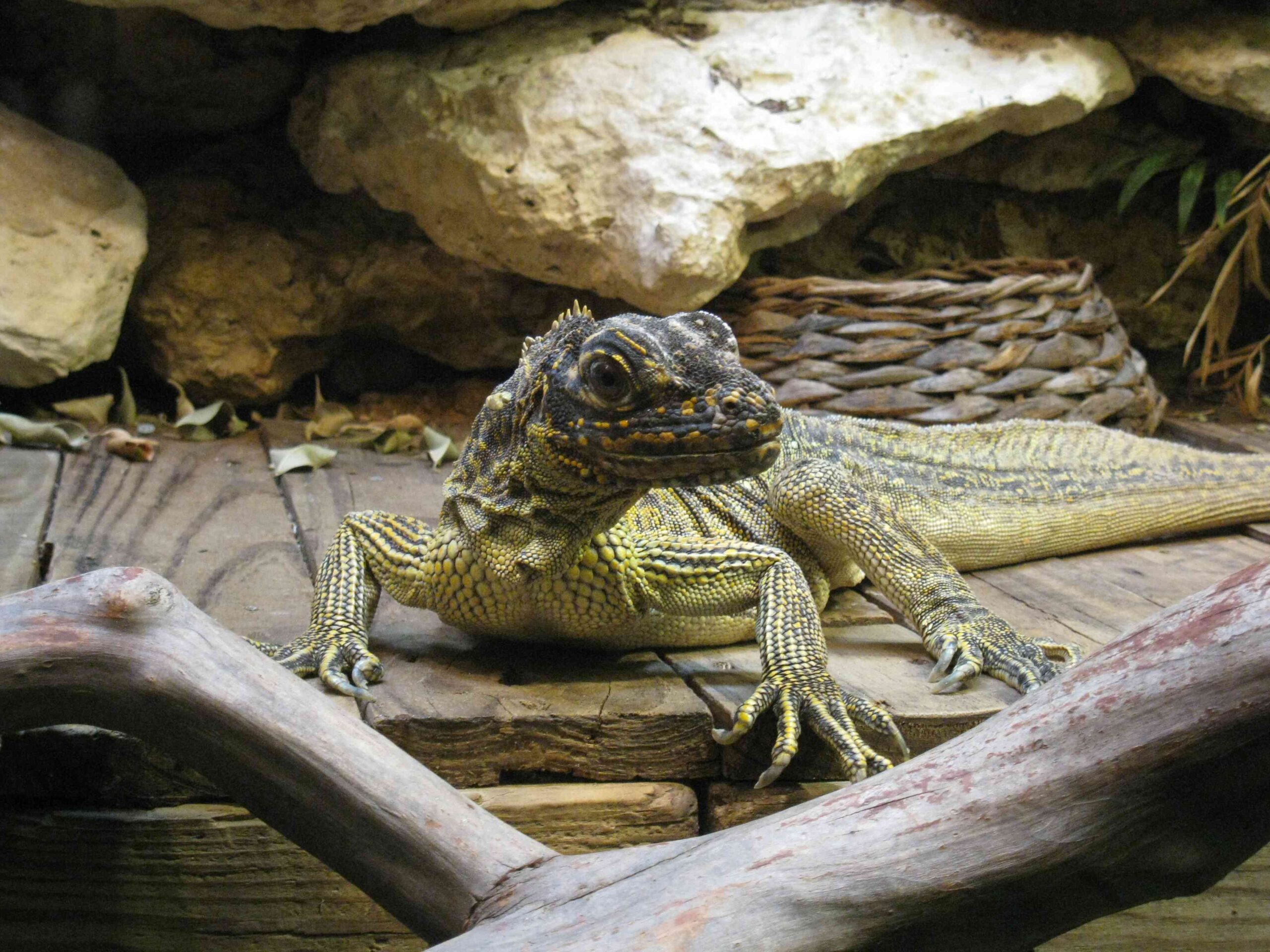The Dallas Zoo’s elephant habitat features a diverse array of trees that play crucial roles in the elephants’ daily lives. These trees provide shade, serve as food sources, and offer enrichment opportunities. The zoo carefully selects and maintains various tree species to ensure the elephants have a naturalistic environment that supports their physical and mental well-being. This guide explores the types of trees used, their importance, and how they contribute to the overall elephant experience at the Dallas Zoo.
What Tree Species Are Used in the Dallas Zoo’s Elephant Habitat?

The Dallas Zoo utilizes a variety of tree species in its elephant habitat, many of which are accepted through their browse donation program. Here’s a list of some key tree species:
- Cottonwood (Populus trichocarpa)
- Maple (Silver, Sugar, and Japanese) (Acer saccharinum, Acer saccharum, Acer palmatum)
- Tulip Tree (Liriodendron tulipifera)
- Crossvine (Bignonia capreolata)
- Northern Catalpa (Catalpa speciosa)
- Viburnum (Viburnum spp.)
- Empress Tree (Paulownia tomentosa)
- Palm fronds (green only) (Arecaceae family)
- Willow (Black and Weeping) (Salix nigra, Salix babylonica)
These trees are carefully selected to provide a diverse range of textures, tastes, and nutritional benefits for the elephants.
How Do Trees Contribute to the Elephants’ Well-being?

Trees in the Dallas Zoo’s elephant habitat serve multiple purposes:
- Shade Provision: Trees offer essential protection from the Texas sun, helping elephants regulate their body temperature.
- Natural Foraging: Branches and leaves allow elephants to engage in natural browsing behaviors, promoting physical and mental stimulation.
- Nutritional Support: The variety of tree species provides a range of nutrients, complementing the elephants’ diet.
- Environmental Enrichment: Trees, including specially designed structures like the ‘fig tree’ barrier, offer opportunities for exploration and play.
What Is the Dietary Importance of Trees for Elephants?
Trees play a significant role in the elephants’ diet at the Dallas Zoo:
- Nutritional Variety: Elephants consume tender shoots, twigs, and green leaves from various tree species, providing essential fiber, vitamins, and minerals.
- Daily Consumption: An elephant can eat up to 300 pounds of plant material per day, with trees forming a substantial portion of this intake.
- Year-round Availability: The zoo ensures fresh browse is available throughout the year, even during winter months when leaves may be scarce.
How Does the Dallas Zoo Manage Its Tree Resources for Elephants?
The Dallas Zoo employs several strategies to maintain a healthy supply of trees for its elephants:
- Browse Donation Program: The zoo accepts donations of specific tree species from the public, ensuring a constant supply of fresh browse.
- Seasonal Planning: Tree resources are managed to account for seasonal variations in leaf availability.
- Enrichment Design: Specially designed structures, like the ‘fig tree’ barrier, incorporate tree-like elements for additional enrichment.
What Can Visitors Learn About Elephant-Tree Interactions at the Dallas Zoo?
Visitors to the Dallas Zoo can gain valuable insights into elephant-tree interactions:
- Observational Learning: Viewing areas allow guests to watch elephants engage with trees naturally.
- Educational Signage: Informative displays likely explain the importance of trees in the elephants’ habitat and diet.
- Keeper Talks: While not explicitly mentioned, the zoo may offer presentations that discuss the role of trees in elephant care.
How Does the Tree Environment Enhance the Visitor Experience?
The tree-rich environment of the elephant habitat enhances the visitor experience in several ways:
- Naturalistic Setting: Trees create a more authentic savanna-like atmosphere, improving the overall aesthetic.
- Interactive Learning: Visitors can observe elephants interacting with trees, providing real-time examples of natural behaviors.
- Shade and Comfort: Trees in and around the exhibit offer shade for visitors, making the viewing experience more comfortable.
What Are the Future Plans for Tree Integration in the Elephant Habitat?
While specific future plans are not detailed in the available sources, zoos typically aim for continuous improvement. Potential developments could include:
- Introducing new tree species to further diversify the elephants’ diet and enrichment options
- Expanding the browse donation program to include more community involvement
- Implementing advanced tree care techniques to ensure long-term sustainability of the habitat
How Can the Public Contribute to the Dallas Zoo’s Elephant Tree Program?
The Dallas Zoo offers several ways for the public to support its elephant tree program:
- Browse Donations: Individuals can donate specific tree species listed in the zoo’s browse program.
- Volunteer Opportunities: While not explicitly stated, the zoo may offer volunteer positions related to habitat maintenance.
- Educational Engagement: Visitors can learn about and spread awareness of the importance of trees in elephant care.
By understanding and supporting the role of trees in the Dallas Zoo’s elephant habitat, visitors and community members can contribute to the well-being of these magnificent animals and the conservation efforts of the zoo.
References:
1. African Elephants | Dallas Zoo
2. Browse Program | Dallas Zoo
3. Dallas Zoo Giants of the Savanna – Elephants and Ungulates
